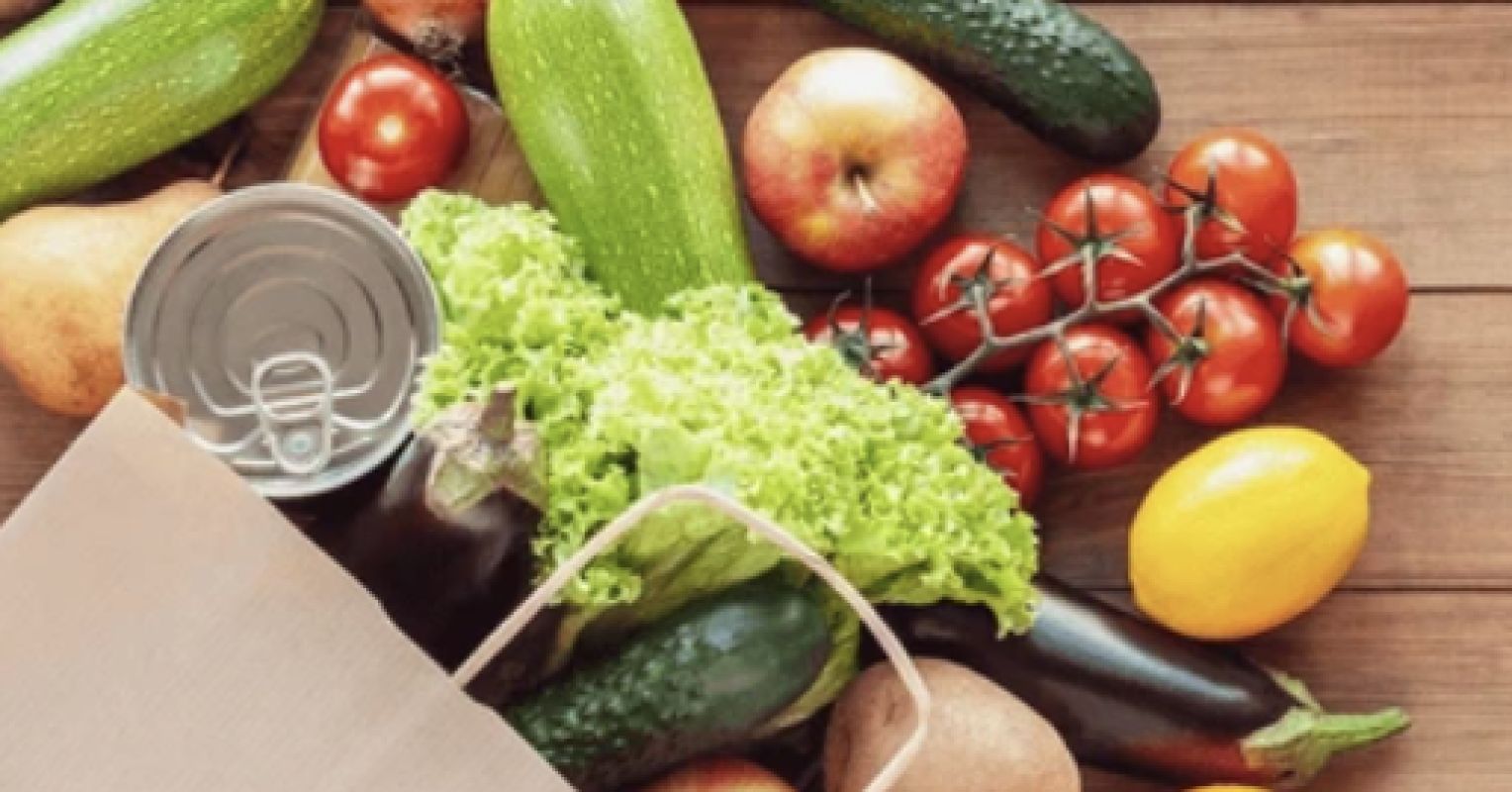A couple of weeks ago, the New York Times reported that food banks across the U.S. were scrambling to serve their communities amidst budget shortfalls brought on by the federal administration’s funding cuts. A quick online search brings up an endless number of headlines about how these budget cuts are affecting neighborhoods across the country. Examples include “Trump administration abruptly cuts Nevada food bank deliveries, funding,” and “Amid federal funding cuts, North Texas food pantries see rising demand.”
Food pantries are an essential resource for families in the U.S. who experience food insecurity. Food insecurity is defined by the U.S. Department of Agriculture (USDA) as an economic and social problem that contributes to household-level limits in access to food. And unfortunately, this pertains to a lot of families. According to recent data from the USDA, 13% of Americans, or 47 million people, experience food insecurity in the U.S. In addition, 17% of families with children are believed to be food insecure, and in rural Southern areas, food insecurity may reach 48%. About half of these families will not qualify for programs like the Supplemental Assistance Nutrition Program (SNAP).
The consequences of food insecurity are vast and are especially likely to affect children and vulnerable populations. For example, when children experience food insecurity, it can lead to skipped meals, reduced food intake, and an over-reliance on low-cost, nutritionally inadequate foods. Further, children who are food insecure don’t just experience hunger but are more apt to experience long-term health concerns than their food-secure peers.
Food insecurity affects attention and concentration (shocking that if your stomach is growling, you may have a hard time getting focused, right?). It also affects Mental health. It’s incredibly stressful to not be able to meet your (and your family’s) basic needs. Anxiety and depression increase when families are food insecure.
Food insecurity not only heightens emotional distress but is a risk factor for disordered eating behaviors and eating disorders. People coping with unpredictable food access may oscillate between under-eating and overeating, driven by both biological survival mechanisms and psychological responses to scarcity. Some of this research focuses on food insecurity as a predictor of disordered eating behaviors among adolescents and young adults.
A longitudinal study by Bruening et al. (2017) found that adolescents from food-insecure households reported higher rates of meal skipping, fasting, and binge eating compared to their food-secure peers. Notably, the association remained significant even after adjusting for socioeconomic status, highlighting that food insecurity itself, not just poverty, contributes to disordered eating. Another study suggests that food insecurity is associated with a higher likelihood of engaging in (subclinical) disordered eating behaviors. This research may indicate that food insecurity contributes to a disordered relationship with food, which affected 63% of this sample. In other words, disordered eating is more common than eating disorders, and both may increase when families are food insecure. Thus, it is possible that addressing food insecurity can serve as a meaningful prevention strategy for eating disorders, especially in vulnerable populations.
Solutions to many social problems (e.g., addiction treatment and access to health care) are controversial. But, most Americans know the feeling of being hungry (temporarily), and 94% agree that it is unacceptable to let people go hungry.
So where does this leave us now?
A growing number of Americans may experience food insecurity in the weeks ahead, and the consequences of this would be significant. Are we ready, as a nation, for more than half of the people in some communities to potentially go hungry?













